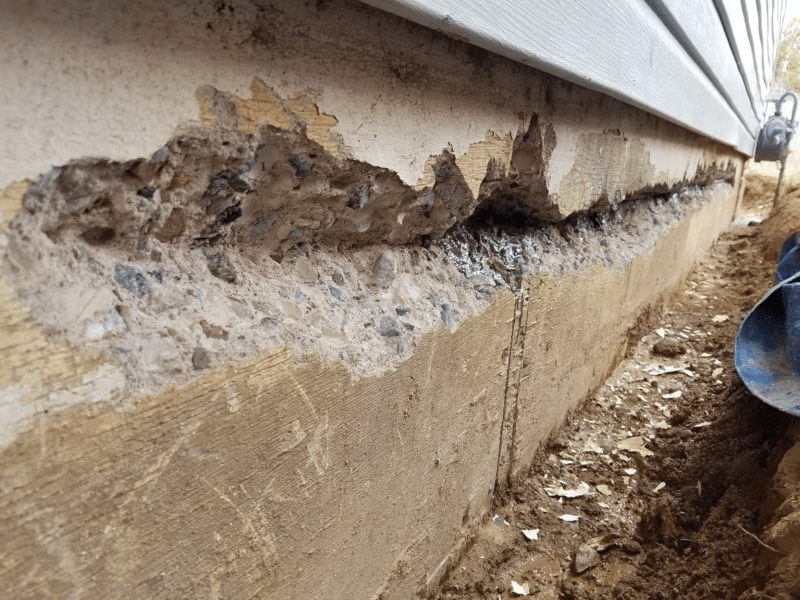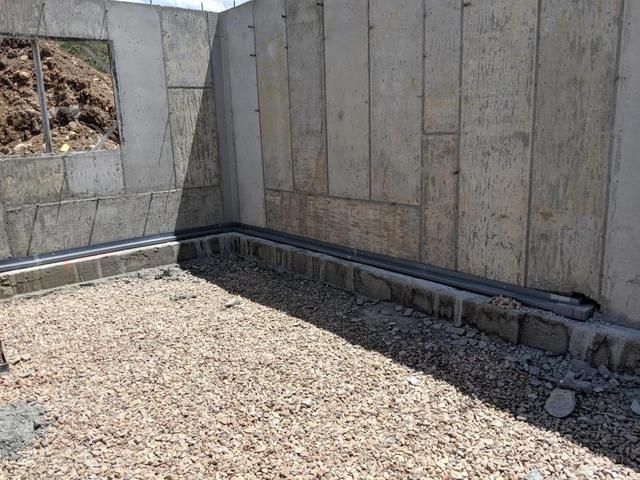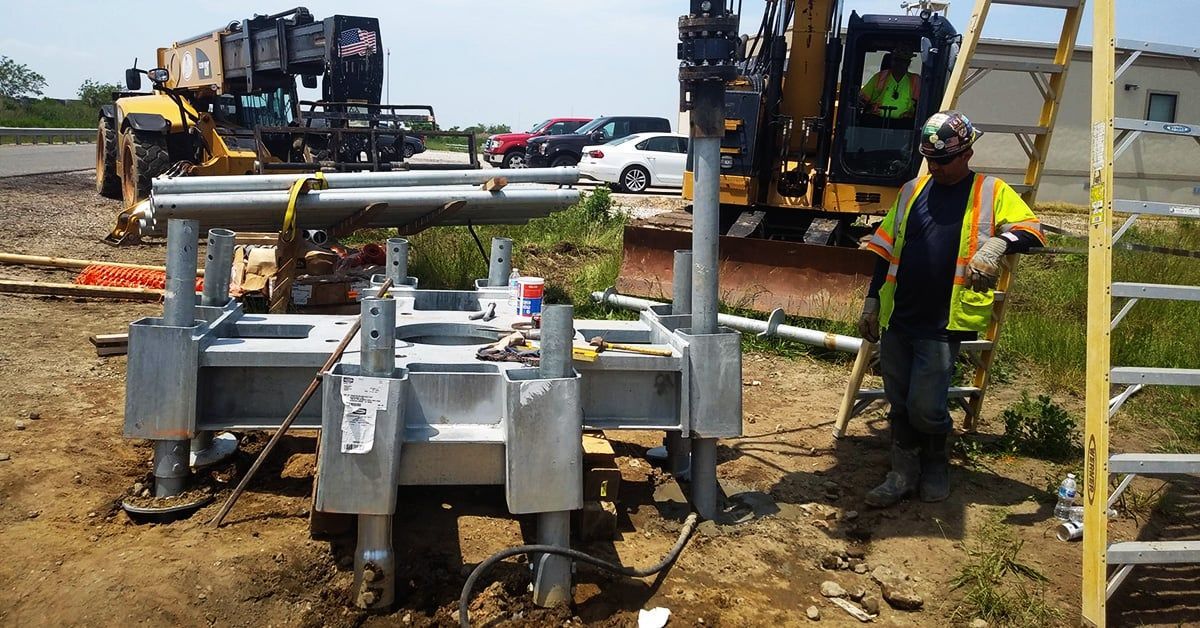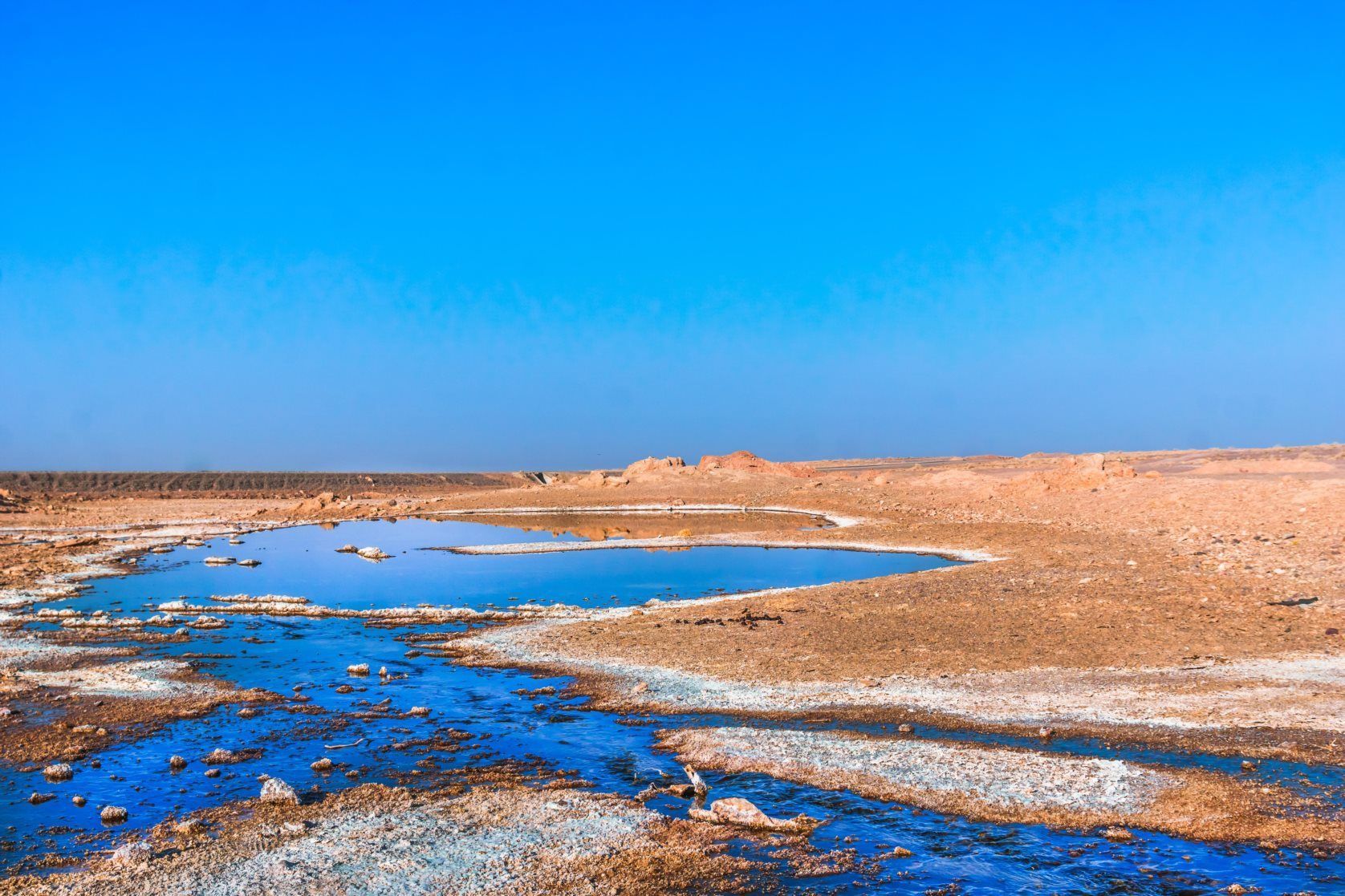How Can Weather Affect My Foundation?
The Ripple Effect: How Weather Conditions Impact Your Home's Foundation
Your home is more than just a shelter; it's an investment in your future. However, the very ground it stands on is subject to the whims of Mother Nature. Weather conditions, ranging from drought to heavy rainfall, can have a profound impact on the stability and health of your home's foundation. In this blog, we'll explore how these weather extremes can create a ripple effect, causing potentially costly and irreversible damage to the very core of your property.

Drought: The Silent Culprit
Droughts, characterized by prolonged periods of abnormally low rainfall, can wreak havoc on a homeowner's foundation. The absence of water in the soil can lead to soil shrinkage and settlement. As the soil dries up, it contracts, creating voids beneath the foundation. This settlement can cause the foundation to sink and crack, compromising the structural integrity of the entire home.
Moreover, certain soil types, such as clay, are more susceptible to shrinkage during droughts. Clay soils contract significantly when they lose moisture, leading to uneven settlement and potential damage to the foundation. As the foundation settles unevenly, it can result in sloping floors, cracked walls, and misaligned doors and windows.
Heavy Rainfall: The Deluge Dilemma
On the flip side, heavy rainfall can pose an equally significant threat to a home's foundation. Excessive water can saturate the soil, leading to soil expansion. Clay soils, in particular, expand when they absorb water, exerting pressure against the foundation walls. This hydrostatic pressure can cause bowing or buckling of basement walls, leading to water seepage and potential flooding.
Furthermore, the over saturation of the soil can weaken its load-bearing capacity, contributing to foundation settlement. The waterlogged soil becomes less stable, and the foundation may sink into the softened ground. This can result in cracks in the foundation, causing a myriad of issues throughout the home.
The Goldilocks Zone: Achieving Foundation Harmony
Maintaining a balance in soil moisture is crucial to safeguarding your home's foundation. In regions prone to drought, implementing proper watering practices is essential. Using soaker hoses or installing a sprinkler system can help regulate soil moisture and prevent excessive shrinkage. Additionally, planting drought-resistant vegetation around the foundation can contribute to moisture retention.
Conversely, in areas with heavy rainfall, proper drainage solutions become paramount. Installing gutters and downspouts to direct water away from the foundation, as well as implementing proper grading to ensure water flows away from the home, can mitigate the risk of soil over saturation and foundation damage.
The Role of Foundation Maintenance
Regardless of the weather conditions in your region, proactive foundation maintenance is key. Regular inspections by professionals can identify early signs of foundation issues. Prompt action, such as foundation repairs or installing additional drainage solutions, can prevent minor problems from escalating into major structural damage.
Your home's foundation is the bedrock of its structural stability. Understanding how different weather conditions can impact this vital component is crucial for every homeowner. By taking proactive measures to address the challenges posed by drought and heavy rainfall, you can ensure that your investment stands strong against the unpredictable forces of nature. After all, a well-maintained foundation is not just the groundwork for your home; it's the foundation of your peace of mind.










HAVE PEACE OF MIND WITH IWP FOUNDATION REPAIR
With over 30 years of combined experience in the business, you know that you can trust our team to get the job done right the first time. We value the customer experience, which is why we take the time to listen to your concerns, answer all your questions, and explain the best plan of action for your home. If you’ve noticed any foundation issues at all, no matter how minor they seem, you should call a professional. Our expert team is waiting for you, so call today for a free evaluation!


